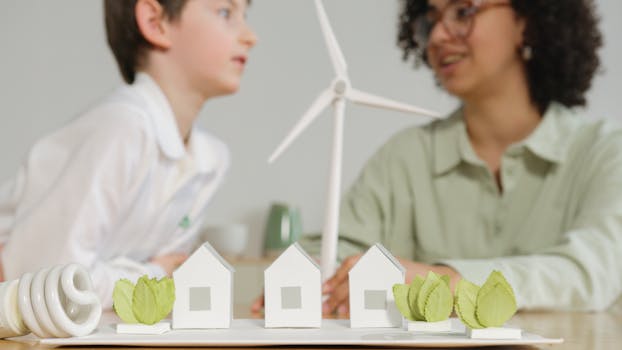Urban Green Spaces: The Future of Outdoor Living in European Cities by 2025
Urban Green Spaces are becoming increasingly important in European cities, and for good reason. As the world becomes more urbanized, the need for green spaces in cities is growing. Urban Green Spaces are not just aesthetically pleasing, but they also provide numerous benefits for both the environment and the inhabitants of the city.
Benefits of Urban Green Spaces
Some of the benefits of urban green spaces include:
- Improved air quality
- Reduced noise pollution
- Increased biodiversity
- Enhanced mental health and well-being
- Reduced urban heat island effect
- Improved water management
- Increased community engagement and social cohesion
Examples of Urban Green Spaces in European Cities
There are many examples of urban green spaces in European cities that are worth mentioning. Some of these include:
- The High Line in London, UK
- The Park Spoor Noord in Antwerp, Belgium
- The Superkilen park in Copenhagen, Denmark
- The Westerpark in Amsterdam, Netherlands
The Future of Urban Green Spaces in European Cities
As we move forward to 2025, it is likely that urban green spaces will continue to play an increasingly important role in European cities. With the growing awareness of the importance of sustainability and green infrastructure, cities are likely to invest more in the development and maintenance of urban green spaces.
Challenges and Opportunities
While there are many benefits to urban green spaces, there are also challenges and opportunities that need to be considered. Some of these include:
- Ensuring equitable access to urban green spaces for all members of the community
- Managing the maintenance and upkeep of urban green spaces
- Balancing the needs of different stakeholders, such as residents, businesses, and visitors
- Integrating urban green spaces into the broader urban planning and development strategy
Conclusion
In conclusion, urban green spaces are a vital component of European cities, and their importance will only continue to grow as we move forward to 2025. By understanding the benefits, examples, and challenges of urban green spaces, we can work towards creating more sustainable, equitable, and livable cities for all.



